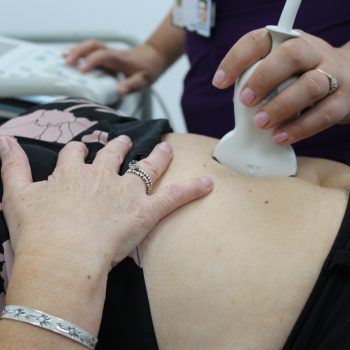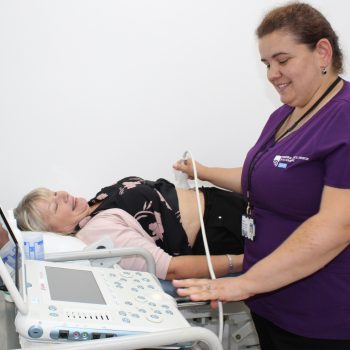New research shows most women unlikely to benefit from national AAA screening
New research published in the Lancet and funded and supported by the National Institute for Health Research (NIHR) has come to important conclusions about screening women for abdominal aortic aneurysms (AAAs).
The NHS introduced ultrasound screening in men aged 65 and over in 2009 to detect and treat the condition – which arises when the main blood vessel swells in the abdomen, and is symptomless until the point of rupture. Since the launch, the programme has been successfully screening and identifying men at risk of an AAA.
Researchers wanted to see if UK women – who are less likely to have AAAs – could also benefit from a similar screening programme. 
Co-author Professor Matthew Bown, from the University of Leicester and honorary consultant vascular surgeon at Leicester’s Hospitals, said: “AAA is a serious condition and although it is less common in women we investigated whether extending the screening to women would be beneficial.”
Project leader and Cambridge statistician Professor Simon Thompson said: “In this project we used a sophisticated computer model to find out whether an AAA screening programme for women would be cost-effective.
“This showed that if women were also offered screening, only a very small number would benefit and the cost of such a screening programme would not be a good use of NHS resources.”
But more research is needed to understand this condition in women. Study co-author Janet Powell, Visiting Professor at Imperial College, said: “We need better information on aortic sizes of women at different ages, and whether screening has adverse effects on quality of life.
“A future step would be to see if there are certain groups of women at higher risk of the disease who might benefit from a targeted screening programme.”
- The SWAN study team included researchers from the University of Cambridge, Imperial College London, the University of Leicester, the University of Sheffield and Brunel University London. For more information about the project
- For more information about the NHS AAA screening programme
- For more information about the AAA at Cambridge University Hospitals
- Read the full paper



